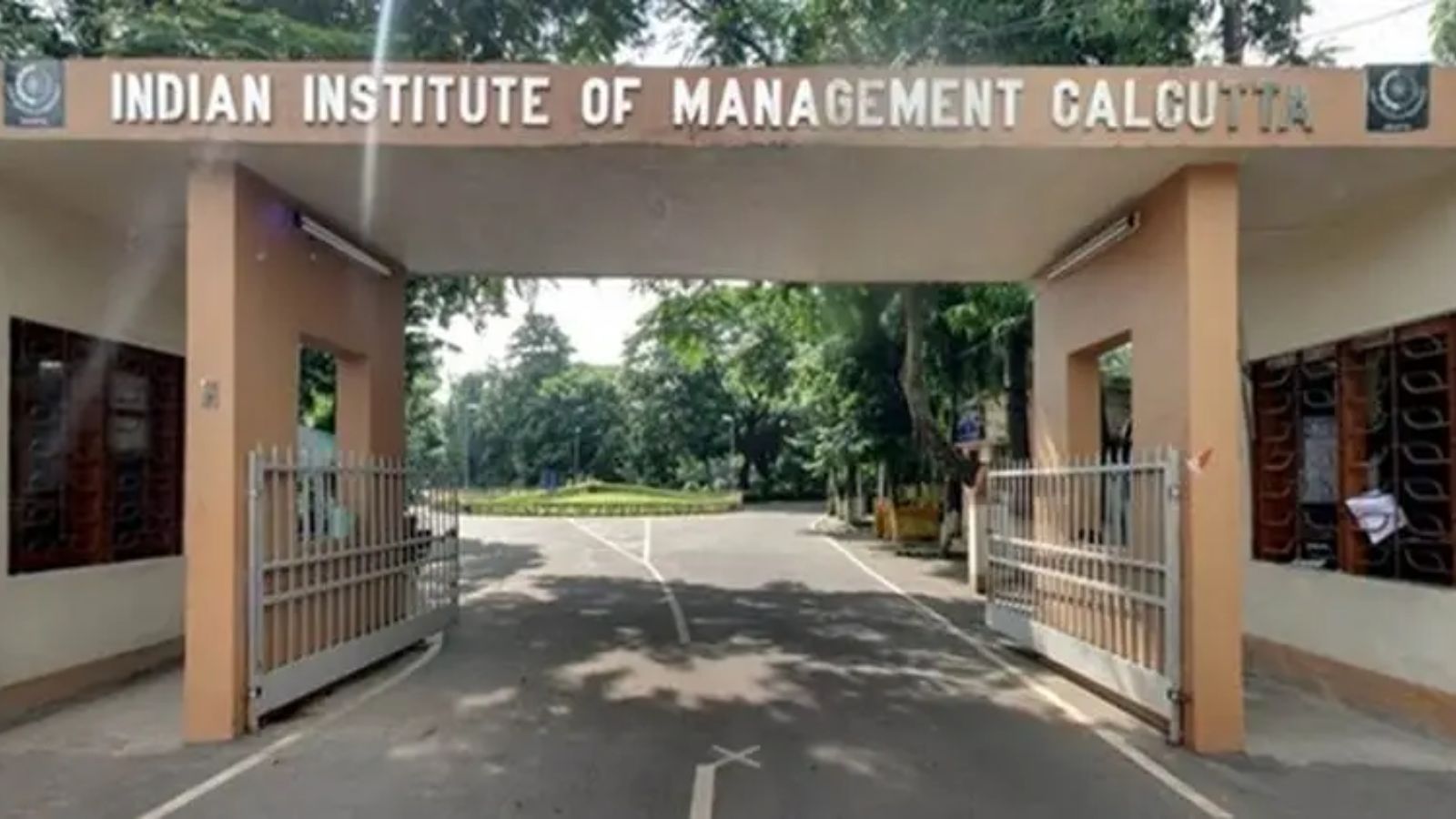Common Law Admission Test (CLAT) is an exam designed to assess law aspirants around the country, who aim to get admitted in BA LLB programme in one of the 22 National Law Universities spread across the country.
The BA LLB programme is designed to train law aspirants about courtroom behaviour, in addition to enhancing their legal knowledge base. The ability to present arguments and debate on issues are some other job requirements. To ace their training and make a successful career, students from the Science stream would need to have the flair for learning new things.
Common skills in Science and Law students
To acquire these basic skills, the prerequisite is analytical ability, logical thinking, open mindedness and a keen interest in this field. Due to the nature of their stream, science students are expected to be good at analytical reasoning. This can help students from the science stream if they choose law as a career option.
Also, when we look at the use of forensic science in law, that can be a strong area for Science stream students. In such areas, the students (who are trained to make good use of data and evidences to prove their points) can shine on the job.
Apart from this, the exam pattern of CLAT is mostly based on reasoning ability, legal and logical reasoning, and quantitative techniques — which is believed to be the forte of science students. They can easily crack the exam if they focus on the exam pattern and practice from previous year question papers.
The pattern of the exam is as below:
| Subjects | Number of Questions | Marks |
| English Language | 28-32 questions | 28-32 |
| Current Affairs, including General Knowledge | 35-39 questions | 35-39 |
| Legal Reasoning | 35-39 questions | 35-39 |
| Logical Reasoning | 28-32 questions | 28-32 |
| Quantitative Techniques | 13-17 questions | 13-17 |
| Total | 150 Q | 150 marks |
In India, the legal profession has evolved considerably over time. Law professionals are not only confined to the courtroom representing their clients but are also working in corporate enterprises, IT companies, administrative services and law firms.
So, this opens up job opportunities, and can also provide an exciting change for Science stream students (apart from the traditional opportunities such as engineering and medical courses).
(The writer is Sr. Regional Head, T.I.M.E.)
!function(f,b,e,v,n,t,s)
{if(f.fbq)return;n=f.fbq=function(){n.callMethod?
n.callMethod.apply(n,arguments):n.queue.push(arguments)};
if(!f._fbq)f._fbq=n;n.push=n;n.loaded=!0;n.version=’2.0′;
n.queue=[];t=b.createElement(e);t.async=!0;
t.src=v;s=b.getElementsByTagName(e)[0];
s.parentNode.insertBefore(t,s)}(window, document,’script’,
‘https://connect.facebook.net/en_US/fbevents.js’);
fbq(‘init’, ‘444470064056909’);
fbq(‘track’, ‘PageView’);






